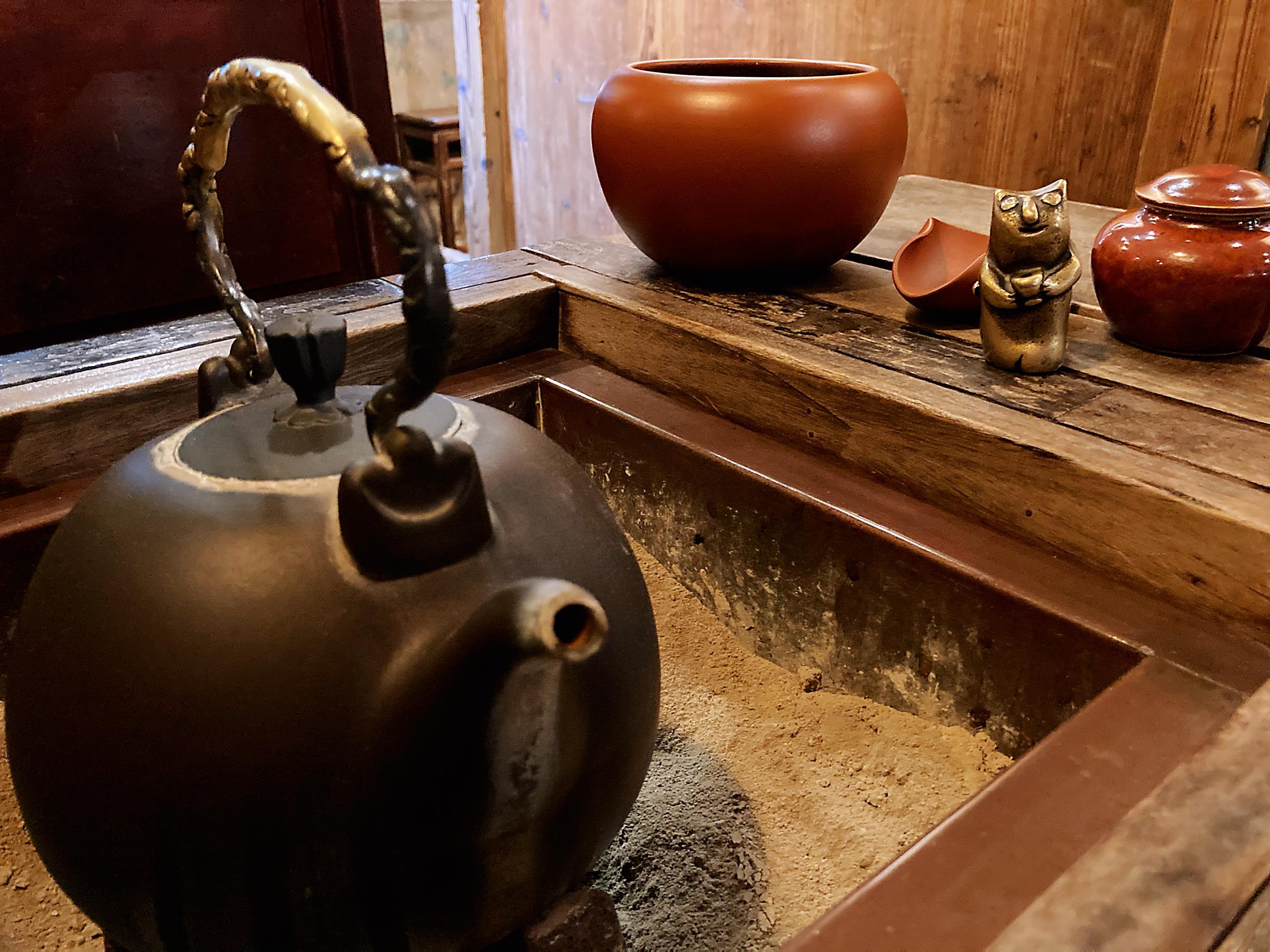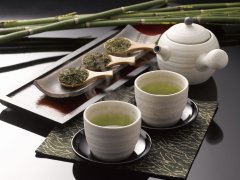What are the names of the tea sets for drinking tea? How to choose the kinds of teapots?
When choosing the right tea set for our tea ceremony, we may face a common thinking. Porcelain or glazed stone tools? Or is it a non-glazed ceramic material like Yixing clay? In the end, there are many different types of clay, on which the glaze affects the final appearance of the tea set and even the taste of the tea. This article will discuss all ceramic tea sets and how their unique composition changes the final tea drinking experience. You can choose the right tea set for yourself or your friends according to this guide, or simply learn about different pottery styles. It should be noted that maintaining the consistency of the brewing container and the teacup is a key factor in the final taste of the tea. Ceramic tea set in order to fully understand what changed the taste of our exquisite loose leaf tea, we must find the core of the tea set material. What makes different clays so different is their mineral content. At its core, stone tools, porcelain and Yixing clay all have similar clay materials. However, it is the addition of different minerals that changes the final product. Of course, there are glaze composition and firing temperature. We can divide pottery into three categories: pottery, stoneware and porcelain. With the increase of each type, the number of specific clay materials increases, so does the firing temperature. Clay contains several compounds that affect taste, such as iron, copper, zinc and tin. The different clay used to drink tea can change the taste of brewed tea by coming into contact with clay for only 10 seconds. For convenience, we organize this article according to the style of the tea set, because the style of the tea set has the least impact on the tea, so the taste of the tea set will change when we take the last sip. Porcelain is a kind of ceramic material with high content of kaolin (a white clay mineral). It burns at temperatures of 1200 to 1400 °C (2200 and 2600 °F). The end result is a very strong but sometimes translucent tea set. Porcelain was invented in China and can be traced back to the Shang Dynasty (1600-1046 BC). By the early Tang Dynasty (AD 618-907), porcelain became more and more popular and reached strict porcelain production standards. Making porcelain is more complicated than making other kinds of pottery. It is highly respected for its durability and true beauty. Bright and clean pure white is the symbol of ceramics. Because this material can be well combined with glaze and pigments, there are usually a variety of artistic ceramic tea sets to choose from. Porcelain tea sets are suitable for light and mild tea, such as green tea, white tea, yellow tea and light oolong tea. Porcelain is not as porous as Yixing clay. Instead of being absorbed, the porcelain highlights the subtle taste of tea.

Generally speaking, porcelain is a good material to measure the initial quality of tea. To familiarize yourself with tea. Glazed pottery and Stoneware pottery stoneware are the general name of pottery fired at high temperature. Historically, stoneware was developed after pottery and before porcelain. Pottery is usually fired in kilns from 1000 °C (1830 °F) to 1200 °C (2190 °F), while stone tools are fired between 1100 °C (2010F) and 1300 °C (2370F). It is worth noting that in East Asian pottery terms, porcelain belongs to stoneware (because it is highly fired), and there is a difference between the two in the West. However, stoneware is different from porcelain because it is more opaque and cannot achieve the same transparency as porcelain. Clay usually has a darker or "dirty white" color because of impurities in it. Clay itself is simpler and easier to make than porcelain. Stoneware is made from natural stoneware clay and minerals, such as kaolin, mica and quartz. Although these minerals are relatively small, stoneware usually contains iron and carbon, which makes it look more "dirty". Simple glazed pottery and stoneware are suitable for any type of tea because they do not change the taste of the tea.
Important Notice :
前街咖啡 FrontStreet Coffee has moved to new addredd:
FrontStreet Coffee Address: 315,Donghua East Road,GuangZhou
Tel:020 38364473
- Prev

Latest information Brazilian coffee exports fell 27% year on year in August global coffee prices soared nearly 50%
Brazilian coffee exports fell 27 percent year-on-year in August Brazilian coffee exporters Cecaf said that Brazilian coffee exports fell 27 percent year-on-year to 2.33 million bags (60 kilograms each) in August because containers and shipping space were hard to find. It is shown in Cecaf's monthly report
- Next

Which kind of black tea is the top black tea on the list of the top ten famous tea in China? how can Keemun Black Tea make a good drink?
Before we go into the details, it is important that we know that tea did not appear until the 13th century. Before that, tea was made in a completely different way. It is brewed as a medicine. Even the word brewing is strong. More precisely, the tea is ground into powder and then stirred in a way similar to modern matcha. Usually, this is associated with other herbs and incense
Related
- Beginners will see the "Coffee pull flower" guide!
- What is the difference between ice blog purified milk and ordinary milk coffee?
- Why is the Philippines the largest producer of crops in Liberia?
- For coffee extraction, should the fine powder be retained?
- How does extracted espresso fill pressed powder? How much strength does it take to press the powder?
- How to make jasmine cold extract coffee? Is the jasmine + latte good?
- Will this little toy really make the coffee taste better? How does Lily Drip affect coffee extraction?
- Will the action of slapping the filter cup also affect coffee extraction?
- What's the difference between powder-to-water ratio and powder-to-liquid ratio?
- What is the Ethiopian local species? What does it have to do with Heirloom native species?

